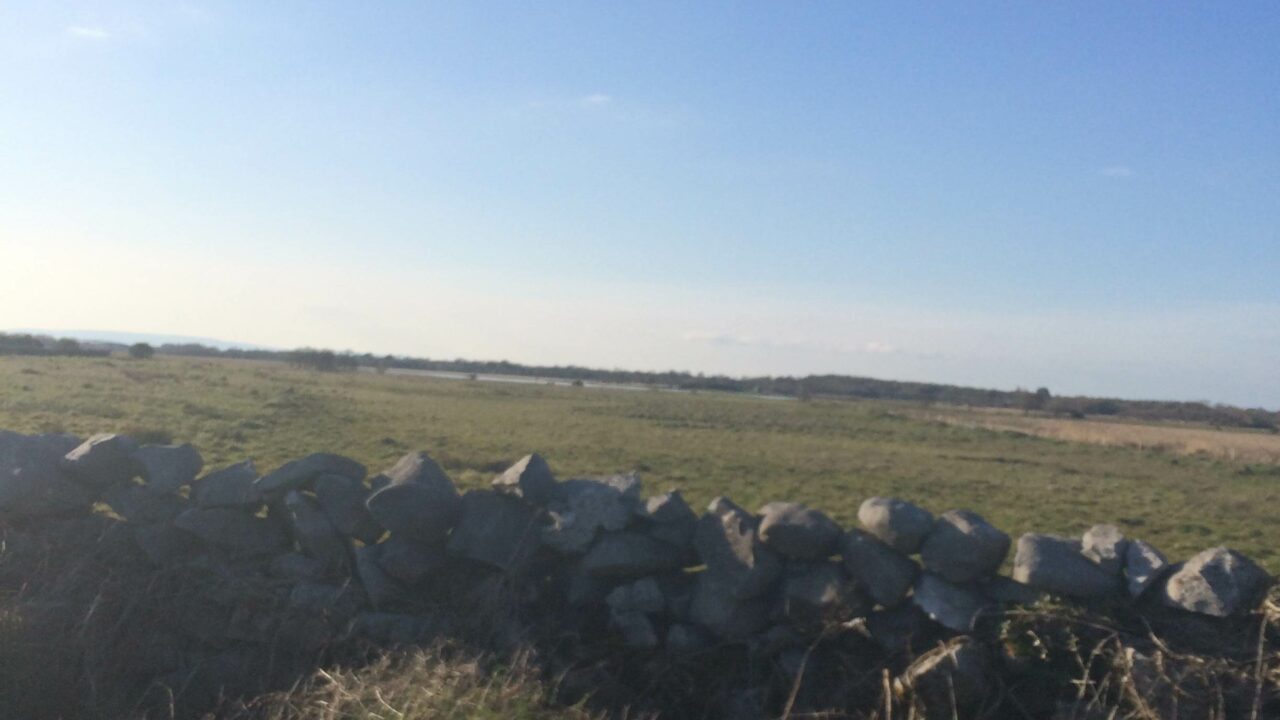The highest paying GLAS actions (€1,200/ha) are available on the least productive part of the fields – margins next to field boundaries and watercourses.
Teagasc says that arable margins are available to tillage farmers, while grassland farmers can avail of the riparian arable action if they have a watercourse.
It says that both are flexible in that farmers can choose them in some or all fields, and can choose different widths in different locations.

Source: Teagasc
Arable margins
A choice of 3, 4 or 6m wide margins is available (Table 1). A grass seed mix containing cocksfoot
or timothy must be sown at the start.
According to Teagasc, where a margin is established along a watercourse, an additional 2m unsown (with an arable crop) must be in place between the watercourse and the arable grass margin.
The margin must be
mulched, mown or grazed at least once per year, but not between March 1 and August 15.
Off-takes can be removed.
Riparian margins
A choice of 3, 6, 10 or 30m wide margins is available in grassland parcels (Table 2). The margin must be fenced, and must be stock proof and fit for purpose. It must consist of permanent stakes and wire appropriate for the
livestock type.
If the watercourse is in a designated SAC, and fencing is not allowed by the National Parks and
Wildlife Service, this action cannot be selected.
The margin must be mulched or mown at least once per year but not between March 1 and August 15. Off-takes are allowed.

